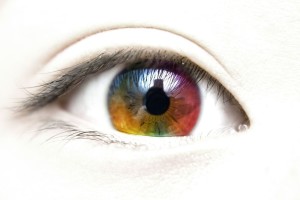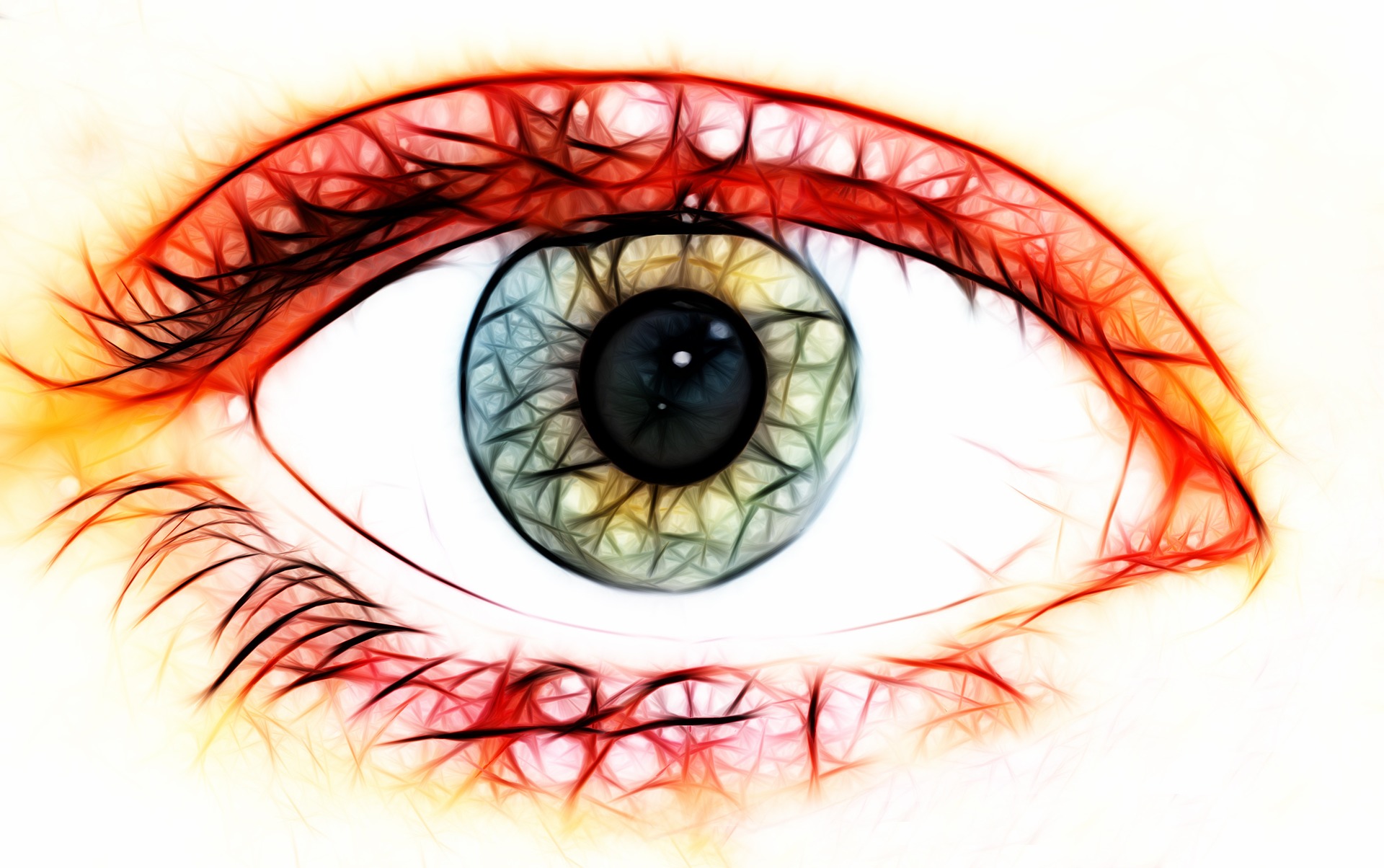
SICKLE CELL AND VISION PROBLEMS
I have compiled various articles about this from various web sites; be informed:
In some cases of sickle cell anaemia, blood vessels that lead to the eyes can get blocked by sickled cells, causing damage to the retina known as retinopathy. The retina is a light-sensitive layer of cells at the back of the eye that processes incoming light and sends signals to the brain.
Symptoms of retinopathy can include:
floaters (coloured spots that ‘float’ in your field of vision)
blurred vision
vision blocked by patches or streaks
reduced night vision
sudden vision loss
Contact your sickle cell care team for advice if you or your child experience any deterioration in vision.
Retinopathy can be treated using laser surgery to repair damage to the blood vessels and retina. Eye examinations should be carried out at least once a year.
www.nhs.co.uk
People who have sickle cell disease can sometimes have vision problems. Blood cells that change shape, or “sickle,” can get trapped in blood vessels, blocking the blood flow. When this blockage occurs in the small blood vessels in the inner lining (retina) of the eyes, it can cause vision problems. This most often occurs in people who have haemoglobin SC disease, a type of sickle cell disease.
In the worst cases, the retina may come loose, leading to permanent blindness. This may happen suddenly, without any warning.
www.webmd.com
What is sickle cell retinopathy?
Retinopathy is damage to the retina in the eyes. The retina is the “seeing” part of the eye. It is in the back of the eye and it:
Contains nerves and small blood vessels
Captures light and images so that we can see Eye problems caused by the sickled blood cells can be found in all types of sickle cell disease. Eye problems are more common in older children and adults with HbSC and HbSbeta+Thalassemia.
This is thought to be because patients with these types of sickle cell disease often have a higher hemoglobin, which makes the blood thicker.
As this “thicker” blood travels through the tiny blood vessels in the eyes, it causes damage to these vessels and can lead to vision loss if not treated early.
What causes sickle cell retinopathy? Sickle red blood cells can get trapped inside the small blood vessels in the retina. This can cause:
A decrease in blood flow, leading to damage of the retina. The damage may be permanent.
Bleeding in the eye. – When blood vessels are blocked, the eye makes new vessels to replace the blocked vessels. – The new vessels are thinner and weaker. They may break open and bleed. – The bleeding causes damage to the retina. Bleeding can also cause the retina to become loose from the rest of the eye. This is called a detached retina. Damage to the retina can cause changes in eyesight. If the damage is not treated, blindness may occur.
What are the symptoms of sickle cell retinopathy? At first, there may be no symptoms. This is why an eye doctor needs to check your child’s eyes each year. When retinopathy becomes worse, your child may have these problems:
Flashes and dark shadows in some parts of his vision (floaters)
Blurred vision
Sudden loss of vision
Pain in the eyes
www.choa.org







